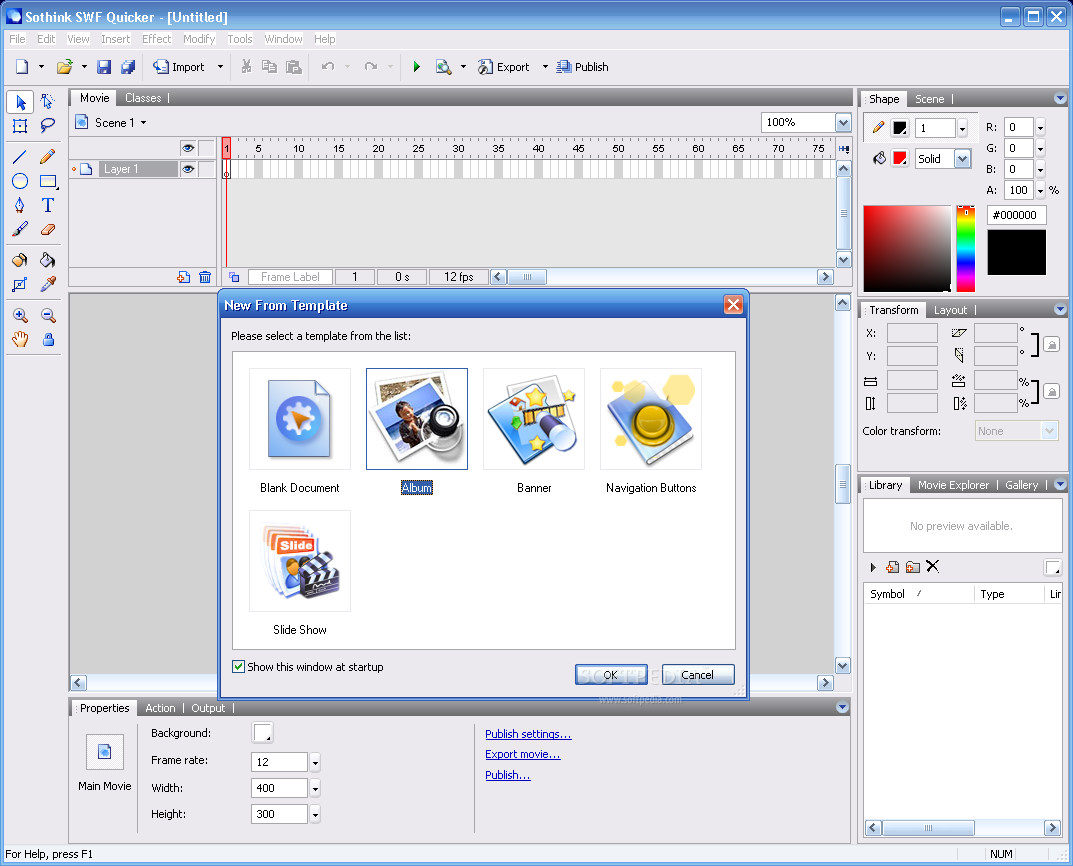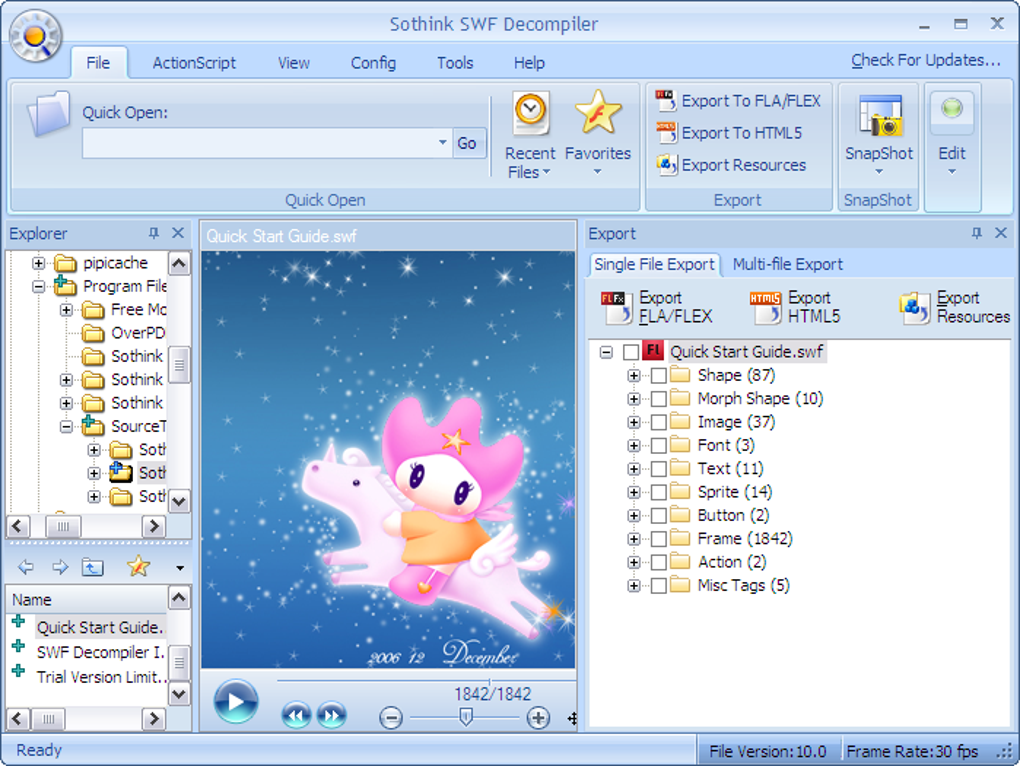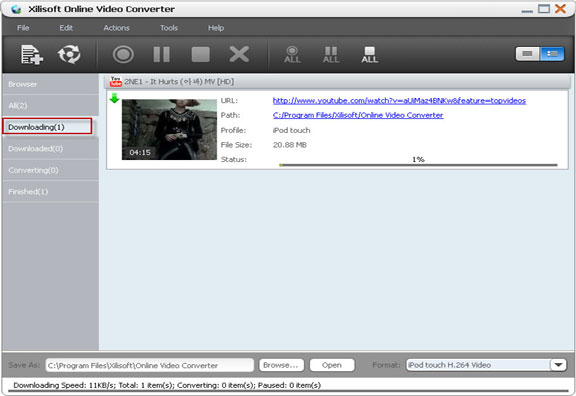



With the help of its Music tab, you can import audio files. Add Background Musicĭo you want to convert images from your recent trip or a family gathering into a short movie? Why not add background music to make it even more exciting? It facilitates you to import folders and supports a wide range of video and image file formats such as MP4, VOB, FLV, AVI, JPEG, PNG, ASF, and many more. You can create a separate project to streamline the tasks. Work on ProjectsĪs the name suggests, Windows Movie Maker can help you create professional-looking movies. The installation process is straightforward and doesn’t take more than a few minutes. It’s a free application that you can translate into more than 64 different languages. Under the MPEG-2 standard, there are more image quality specifications more video formats.Previously referred to as Windows Live Movie Maker, Windows Movie Maker helps you create, edit, and publish high-quality videos. It is also known as the image compression standard for broadcast and television. MPEG-2 is one of the video and audio lossy compression standards established by the MPEG organization, and is a compression standard for high-quality images. But NTSC cannot display the precise colors and easily show the white points. However, in contrast with PAL, NTSC displays better dynamic effects and stronger image layering, obvious dark parts and fewer splash screens. But the splash screen occurs obviously, the double-frequency scanning TV excluded, and the dark details are black. If you play NTSC video on a PAL TV, the screen will become black and white, and vice versa.Ĭompared with NTSC, PAL has higher definition, more precise colors and higher contrast. These two systems are not compatible with each other. Its standards are mainly used in Japan, the United States, Canada, Mexico, etc., while PAL is the abbreviation of Phase Alternating Line, which is mainly used in China, Hong Kong, the Middle East and Europe. NTSC is the abbreviation of National Television System Committee.

NTSC and PAL belong to the two major television broadcasting systems in the world, but they project different frequencies. Tips Brief introduction of DVD Video (NTSC), DVD Video (PAL) and MPEG-2


 0 kommentar(er)
0 kommentar(er)
